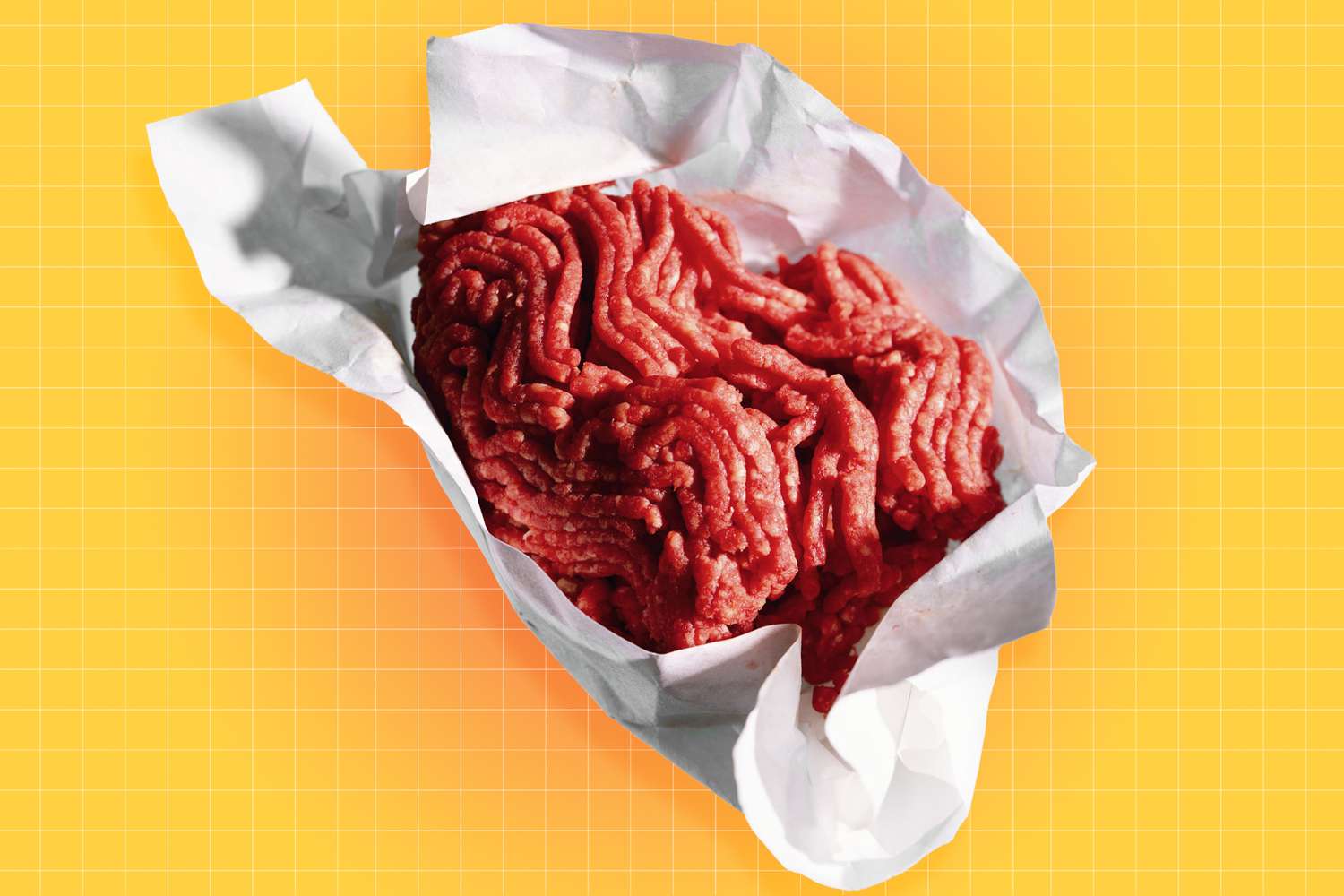

Articles
How Long Is Beef Good For In Freezer
Modified: August 27, 2024
Learn about the shelf life of beef and how long it stays good in the freezer. Read our informative articles on this topic.
(Many of the links in this article redirect to a specific reviewed product. Your purchase of these products through affiliate links helps to generate commission for Storables.com, at no extra cost. Learn more)
Introduction
Have you ever wondered how long beef can be safely stored in the freezer? Whether you purchased a bulk of beef on sale or have leftover steak from last night’s barbecue, it’s crucial to understand the shelf life of frozen beef to ensure its quality and safety when you finally decide to use it.
The shelf life of frozen beef can vary depending on several factors, including the storage conditions, packaging, and the type of beef. By understanding these factors and following proper storage practices, you can maximize the lifespan of your frozen beef and enjoy delicious and safe meals for an extended period.
In this article, we will explore the various factors that affect the shelf life of frozen beef, the recommended storage time, signs of spoilage to look out for, proper packaging and freezing techniques, as well as tips for maximizing the quality of frozen beef. So, let’s dive in and become experts in preserving our beef in the freezer!
Key Takeaways:
- Properly storing and handling frozen beef is crucial for maximizing its shelf life and ensuring safety. Factors like temperature, packaging, and recommended storage times play a significant role in preserving the quality and taste of beef.
- Safe thawing methods, such as refrigerator thawing and cold water thawing, are essential for maintaining the quality and safety of frozen beef. Avoid countertop thawing and prioritize proper packaging and freezing techniques to enjoy delicious beef for an extended period.
Factors Affecting the Shelf Life of Frozen Beef
When it comes to storing beef in the freezer, several factors can affect its shelf life and overall quality. Understanding these factors will help you make informed decisions about how long you can safely store frozen beef before it starts to deteriorate.
Temperature: The temperature of your freezer is crucial in determining the longevity of frozen beef. The optimal temperature for storing beef is at or below 0°F (-18°C). At this temperature, bacterial growth is minimized, and the beef remains in a safe and stable state.
Quality of Beef: The quality of the beef at the time of freezing also plays a significant role in its shelf life. Fresh beef that has been properly handled and stored before freezing will have a longer shelf life compared to beef that was close to its expiration date or had been mishandled.
Packaging: The packaging is an essential aspect of maintaining the quality and preventing freezer burn. Beef should be tightly sealed in airtight packaging, such as vacuum-sealed bags or heavy-duty freezer bags, to prevent air and moisture from entering. Proper packaging will help preserve the flavor, texture, and color of the beef.
Freezer Burn: Freezer burn occurs when the surface of the beef is exposed to air, resulting in dehydration and the formation of dry, discolored areas. This can happen if the packaging is not airtight or if there are fluctuations in temperature within the freezer. Freezer burn doesn’t make the beef unsafe to eat, but it can affect the taste and texture.
Storage Time: The length of time that frozen beef can maintain its quality varies depending on the type of beef. Ground beef, for example, has a shorter shelf life compared to larger cuts like steaks and roasts. Generally, beef can be safely stored in the freezer for up to 12 months, but it’s best to use it within 6-9 months for optimal quality.
Other Factors: Factors such as the initial quality of the meat, the presence of any marinades or seasonings, and the handling practices during thawing can also affect the shelf life of frozen beef.
By considering these factors and taking appropriate measures to maintain the ideal storage conditions, you can extend the shelf life of your frozen beef and ensure that it remains safe and delicious for consumption.
Recommended Storage Time for Frozen Beef
While frozen beef can be stored for a considerable amount of time, it’s important to know the recommended storage time to ensure the best quality and taste. Here are some guidelines for the recommended storage time for frozen beef:
- Ground Beef: Ground beef should ideally be consumed within 3 to 4 months of freezing. However, it is still safe to consume up to 6 months as long as it has been properly stored and shows no signs of spoilage.
- Steaks and Roasts: Steaks and roasts, which are larger cuts of beef, have a longer recommended storage time. These cuts can be safely stored in the freezer for up to 9 to 12 months. However, for the best quality and flavor, it is recommended to consume them within 6 to 9 months.
- Processed Beef Products: Processed beef products, such as sausages, meatballs, and beef patties, have a shorter recommended storage time due to their higher fat content. It is best to consume them within 2 to 3 months of freezing for optimal quality.
- Marinated Beef: If you have marinated beef that you plan to freeze, it is important to note that the storage time may vary depending on the ingredients used in the marinade. In general, marinated beef should be consumed within 6 to 9 months of freezing for the best taste and texture.
It is worth mentioning that these recommended storage times serve as guidelines to ensure the best quality and taste of the frozen beef. It is always a good practice to label your packages with the date of freezing so that you can keep track of how long they have been in the freezer.
Remember, while frozen beef may still be safe to consume beyond the recommended storage time, its quality, flavor, and texture may start to deteriorate. Therefore, it is best to use frozen beef within the suggested time frames for the most enjoyable culinary experience.
Signs of Spoilage in Frozen Beef
When dealing with frozen beef, it’s essential to be able to identify signs of spoilage to ensure you’re consuming safe and high-quality meat. Here are some common signs to look out for:
- Discoloration: If you notice any significant changes in color, such as a gray or brown appearance, it may indicate that the beef has started to spoil. However, it’s important to note that slight discoloration may occur due to freezer burn and doesn’t necessarily mean the beef is unsafe to eat.
- Foul Odor: Spoiled beef will emit a strong, unpleasant odor. If you notice a sour or rancid smell coming from the meat after thawing, it’s a clear indication that it has gone bad and should not be consumed.
- Slimy Texture: When beef starts to spoil, its texture will become slimy or sticky to the touch. This change in texture is a clear sign of bacterial growth and indicates that the beef is no longer safe to eat.
- Mold Growth: While it’s rare for mold to grow on properly frozen beef, if you notice any visible mold on the surface, it’s best to discard the meat. Mold can produce toxins that can cause food poisoning.
- Ice Crystals: Excessive ice crystals on the surface of the beef can indicate freezer burn. While freezer burn doesn’t necessarily make the beef unsafe to eat, it can affect the taste and texture of the meat.
- Deteriorated Packaging: Check the condition of the packaging. If there are any tears, punctures, or signs of damage, it increases the risk of air and moisture exposure, leading to potential spoilage.
If you notice any of these signs of spoilage, it’s best to err on the side of caution and discard the frozen beef. Consuming spoiled meat can lead to foodborne illnesses and pose health risks.
Always remember to use your senses of sight, smell, and touch to assess the condition of the beef before consuming it. When in doubt, it’s safer to discard the meat rather than taking a risk with your health.
Beef can be stored in the freezer for up to 12 months if properly packaged to prevent freezer burn. Make sure to label the packaging with the date to keep track of how long it has been in the freezer.
Proper Packaging and Freezing Techniques for Beef
Proper packaging and freezing techniques are crucial to maintaining the quality and safety of beef while it’s stored in the freezer. Here are some guidelines for packaging and freezing beef:
- Airtight Packaging: To prevent freezer burn and maintain the integrity of the beef, it’s important to use airtight packaging. Vacuum-sealed bags or heavy-duty freezer bags are excellent choices. Ensure that all air is removed from the packaging before sealing it tightly.
- Divide into Portions: If you have a large cut of beef, consider dividing it into smaller portions before freezing. This allows for easier thawing and reduces the risk of refreezing any unused portions.
- Labeling: Always label your packages with the date of freezing. This helps you keep track of how long the beef has been in the freezer and allows you to use the oldest packages first.
- Freeze Fresh Beef: For the best quality, it’s advisable to freeze beef when it is at its freshest. Freezing meat as soon as possible after purchase or cooking ensures that it retains its flavor and texture.
- Cool Down Before Freezing: Before packaging and freezing the beef, it should be cooled down to room temperature. This prevents condensation from forming inside the packaging, which can lead to freezer burn.
- Storage Containers: Another option for freezing beef is to use rigid, airtight containers or freezer-safe glass containers. These containers provide added protection against freezer burn and are suitable for stacking in the freezer.
- Freeze in Single Layers: When freezing ground beef or thinly sliced beef, it’s recommended to spread it out in a single layer within the packaging. This allows for quicker freezing and easier portioning when thawing.
- Avoid Overcrowding: It’s important not to overcrowd the freezer, as this can hinder proper air circulation and lead to uneven freezing. Give enough space between packages to allow cold air to circulate freely.
- Proper Thawing: When you’re ready to use the frozen beef, thaw it in the refrigerator rather than on the countertop. This slow thawing process helps maintain the quality and minimizes the risk of bacterial growth.
By following these packaging and freezing techniques, you can ensure that your beef remains fresh, flavorful, and safe while stored in the freezer. Proper packaging not only protects the quality of the meat but also makes it easier to organize and utilize your frozen beef inventory.
Read more: How Long Are Ribs Good In The Freezer
Tips for Maximizing the Quality of Frozen Beef
To ensure that your frozen beef stays in optimal condition and maintains its quality, consider the following tips:
- Proper Storage Conditions: Keep your freezer temperature at or below 0°F (-18°C) to prevent bacterial growth and maintain the quality of the beef. Use a freezer thermometer to monitor the temperature regularly.
- Organize Your Freezer: Keep your freezer well-organized by rotating your stock of frozen beef regularly. Place newly frozen packages at the back and use the older ones first to prevent any from being forgotten and expiring.
- Minimize Temperature Fluctuations: Avoid opening the freezer door unnecessarily and be mindful of leaving it open for extended periods. This helps to maintain a consistent temperature and prevents thawing and refreezing cycles that can affect the quality of the beef.
- Proper Handling: When handling frozen beef, practice good hygiene. Wash your hands thoroughly before and after handling the meat to prevent cross-contamination. Use separate cutting boards and utensils for raw and cooked meat.
- Avoid Frequent Thawing and Refreezing: Thawing and refreezing beef multiple times can lead to a loss of quality and increase the risk of bacterial growth. Plan your meals and thaw only the amount of beef you intend to use.
- Avoid Seasonings and Marinades: If you plan to store beef for an extended period, it’s best to freeze it without any seasonings or marinades. This prevents potential flavor changes and ensures the beef retains its natural taste.
- Regularly Check Frozen Beef: Periodically inspect your frozen beef for any signs of freezer burn, discoloration, or other indications of spoilage. Remove any affected packages to maintain the quality of the remaining stock.
- Consider Proper Portioning: If you regularly use smaller portions of beef, consider portioning the meat before freezing. This way, you can thaw and use only the amount needed, reducing waste and ensuring the quality of the remaining beef.
- Invest in a Vacuum Sealer: Using a vacuum sealer is an excellent investment for long-term storage of beef. It removes air from the packaging, reducing the risk of freezer burn and extending the shelf life of the meat.
- Use Proper Freezer Bags: If you’re using freezer bags, choose heavy-duty, quality bags that are specifically designed for freezing. These bags provide better protection against air and moisture, preserving the quality of the beef.
By implementing these tips, you can maximize the quality and shelf life of your frozen beef. Remember, proper storage, handling, and minimizing exposure to air and temperature fluctuations are key to enjoying delicious and safe beef whenever you decide to use it.
Thawing Frozen Beef Safely
Thawing frozen beef properly is crucial to maintain its quality and ensure food safety. Here are some safe thawing methods to follow:
- Refrigerator Thawing: The best and safest method to thaw frozen beef is to place it in the refrigerator. This slow thawing process allows the meat to thaw gradually and reduces the risk of bacterial growth. Plan ahead and allow ample time for the beef to thaw in the refrigerator. The thawing time will vary depending on the size and thickness of the beef, but as a general rule of thumb, allow approximately 24 hours for every 5 pounds (2.3 kg) of beef.
- Cold Water Thawing: If you need to thaw beef quickly, you can use the cold water thawing method. Place the tightly sealed beef package in a leak-proof plastic bag and submerge it in cold water. Change the water every 30 minutes to ensure it stays cold. This method allows for faster thawing, but it’s important to cook the beef immediately after it’s thawed to maintain its quality and safety.
- Microwave Thawing: Thawing beef in the microwave is another option for quick thawing. However, it’s important to follow the microwave’s instructions for thawing meat and use the appropriate power level and time settings. Be cautious when using this method, as the microwave can partially cook the outer edges of the meat if not monitored closely.
- Cooking from Frozen: For certain types of beef, such as thin cuts or ground beef, you may choose to cook them directly from frozen. This method is suitable for quick meals but may require slightly longer cooking times, so ensure the beef reaches the correct internal temperature to ensure food safety.
- Avoid Countertop Thawing: Thawing beef on the countertop is not recommended, as it can lead to uneven thawing and create an environment conducive to bacterial growth. This method increases the risk of foodborne illnesses and compromises the quality of the beef.
Regardless of the method you choose, it’s important to never refreeze thawed beef unless it’s been cooked first. Once the beef has been thawed, it should be cooked promptly to ensure its safety.
Remember, thawing frozen beef safely is essential to prevent bacterial growth and maintain the quality of the meat. By following these safe thawing methods, you can enjoy delicious and safe beef in your meals.
Conclusion
Properly storing and handling beef in the freezer is essential to maximize its shelf life and ensure its quality and safety. By understanding the factors that affect the shelf life of frozen beef, recommended storage times, signs of spoilage, proper packaging and freezing techniques, and safe thawing methods, you can enjoy delicious beef for an extended period.
Factors such as temperature, packaging, and quality of the beef all play a role in determining how long frozen beef can be safely stored. It’s important to keep your freezer at the optimal temperature and use airtight packaging to prevent freezer burn and spoilage. Different cuts of beef have different recommended storage times, so it’s important to be aware of these guidelines to ensure the best quality and taste.
Signs of spoilage in frozen beef, such as discoloration, foul odor, slimy texture, mold growth, and ice crystals, indicate that the beef should not be consumed. Checking the condition of the packaging and regularly inspecting the beef can help identify any signs of spoilage and avoid consuming unsafe meat.
Proper packaging and freezing techniques, such as using airtight packaging, dividing into portions, labeling, and proper cooling, help maintain the quality of the beef while in the freezer. It’s important to organize the freezer and avoid frequent thawing and refreezing to prevent the loss of quality.
Maximizing the quality of frozen beef can be achieved by following tips such as proper storage conditions, minimizing temperature fluctuations, regular checking, and investing in vacuum sealers or freezer-safe containers. These measures help preserve the flavor, texture, and safety of the frozen beef.
Thawing frozen beef safely is crucial to maintain its quality and ensure food safety. The recommended methods include refrigerator thawing, cold water thawing, microwave thawing, and cooking from frozen. Countertop thawing should be avoided, as it poses a risk of bacterial growth.
In conclusion, by understanding the factors affecting frozen beef’s shelf life, following recommended storage times, recognizing signs of spoilage, utilizing proper packaging and freezing techniques, and adopting safe thawing methods, you can confidently store and enjoy high-quality beef from your freezer. So, make the most of your frozen beef and savor delicious meals at your convenience!
Frequently Asked Questions about How Long Is Beef Good For In Freezer
Was this page helpful?
At Storables.com, we guarantee accurate and reliable information. Our content, validated by Expert Board Contributors, is crafted following stringent Editorial Policies. We're committed to providing you with well-researched, expert-backed insights for all your informational needs.
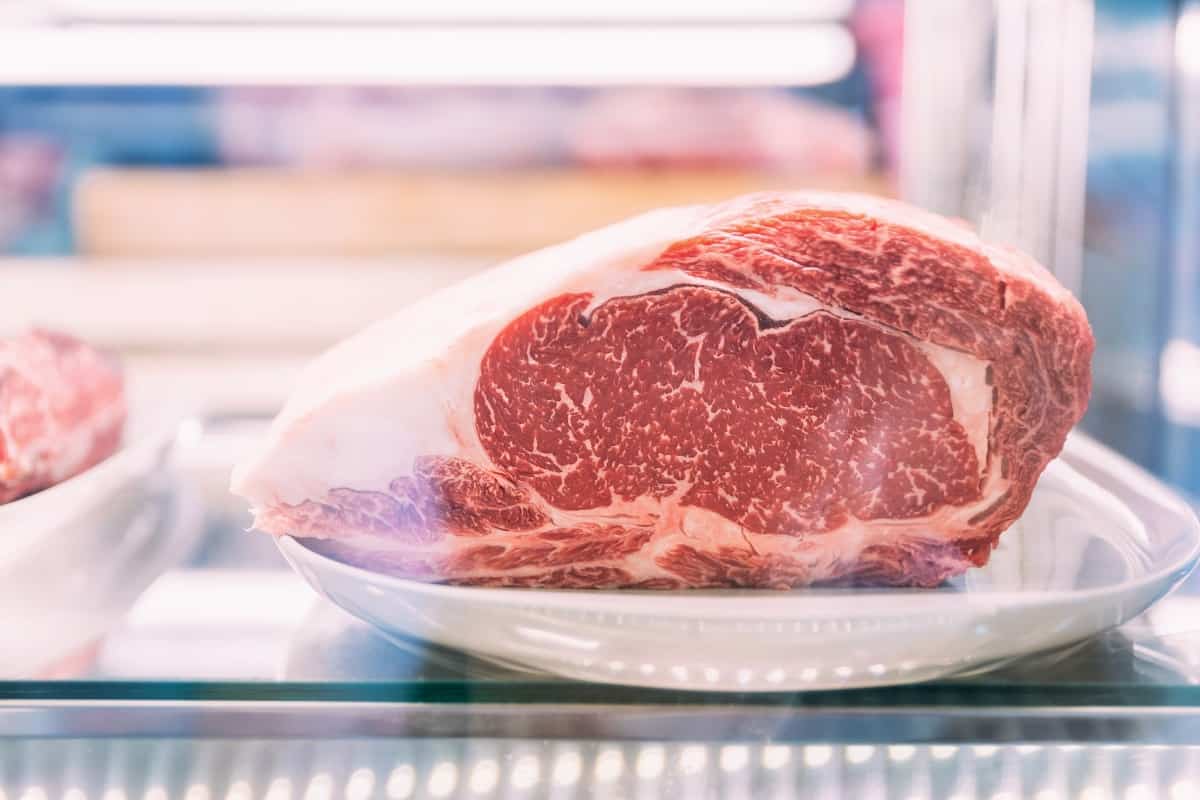

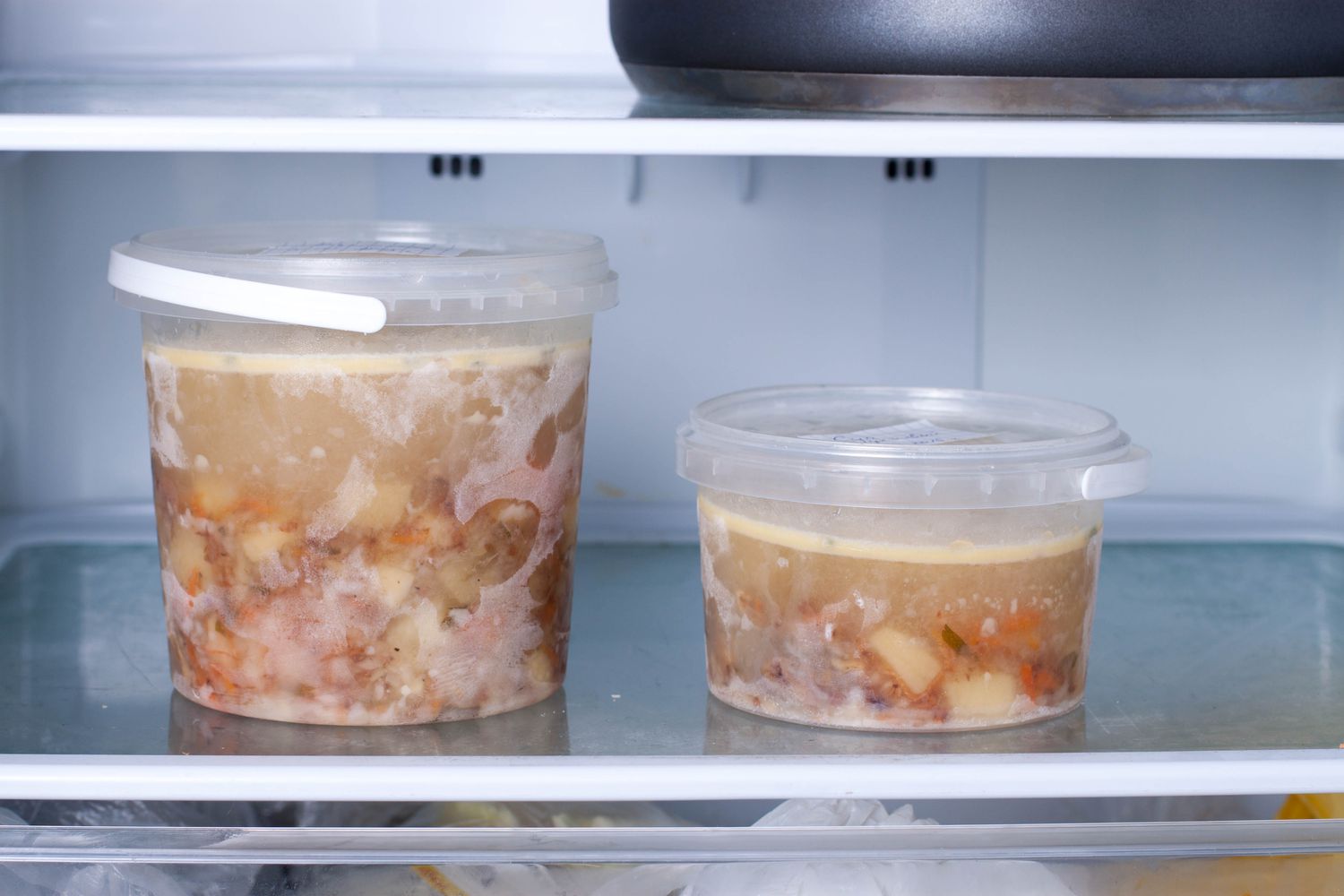


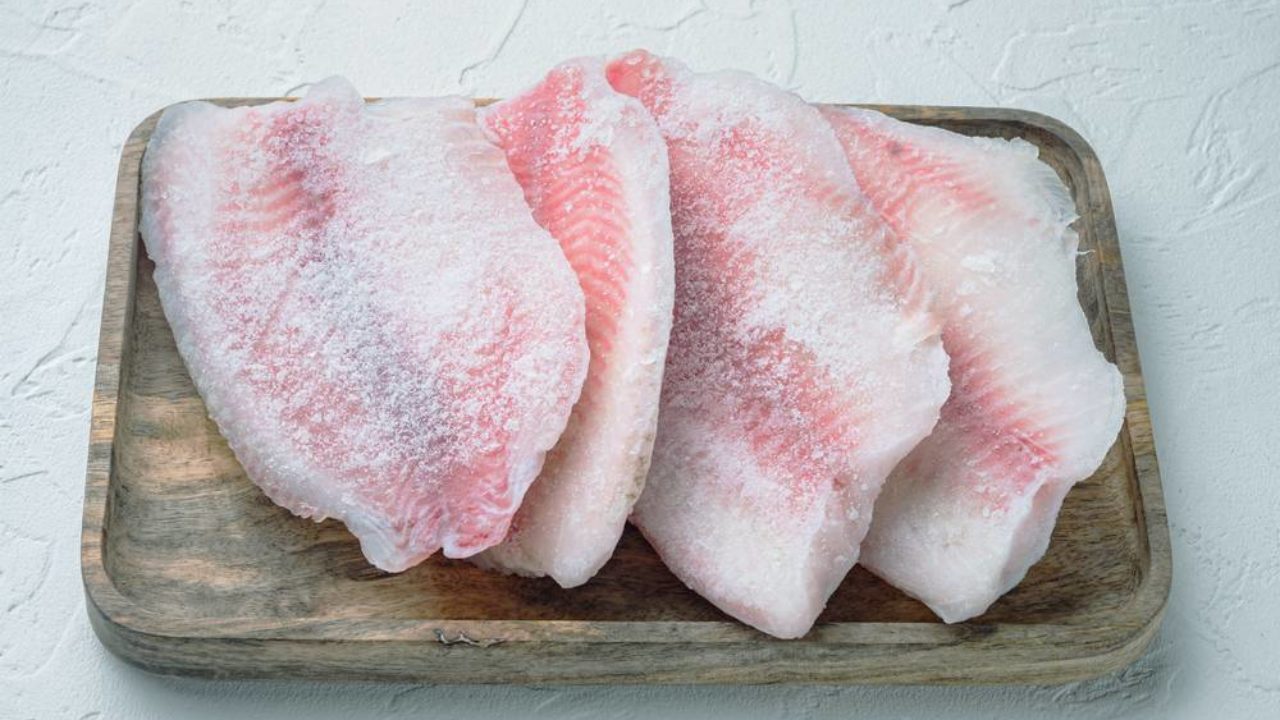
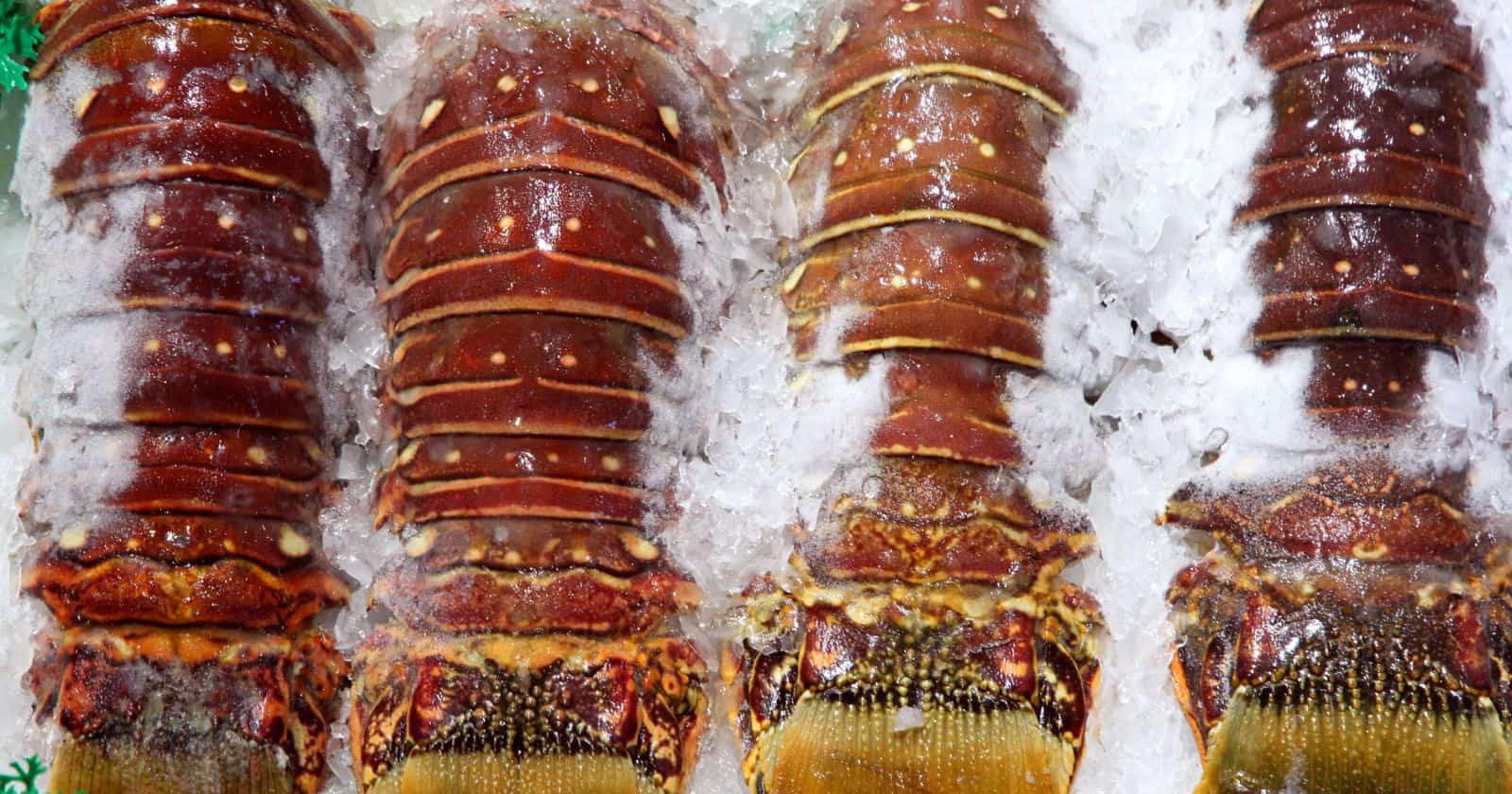
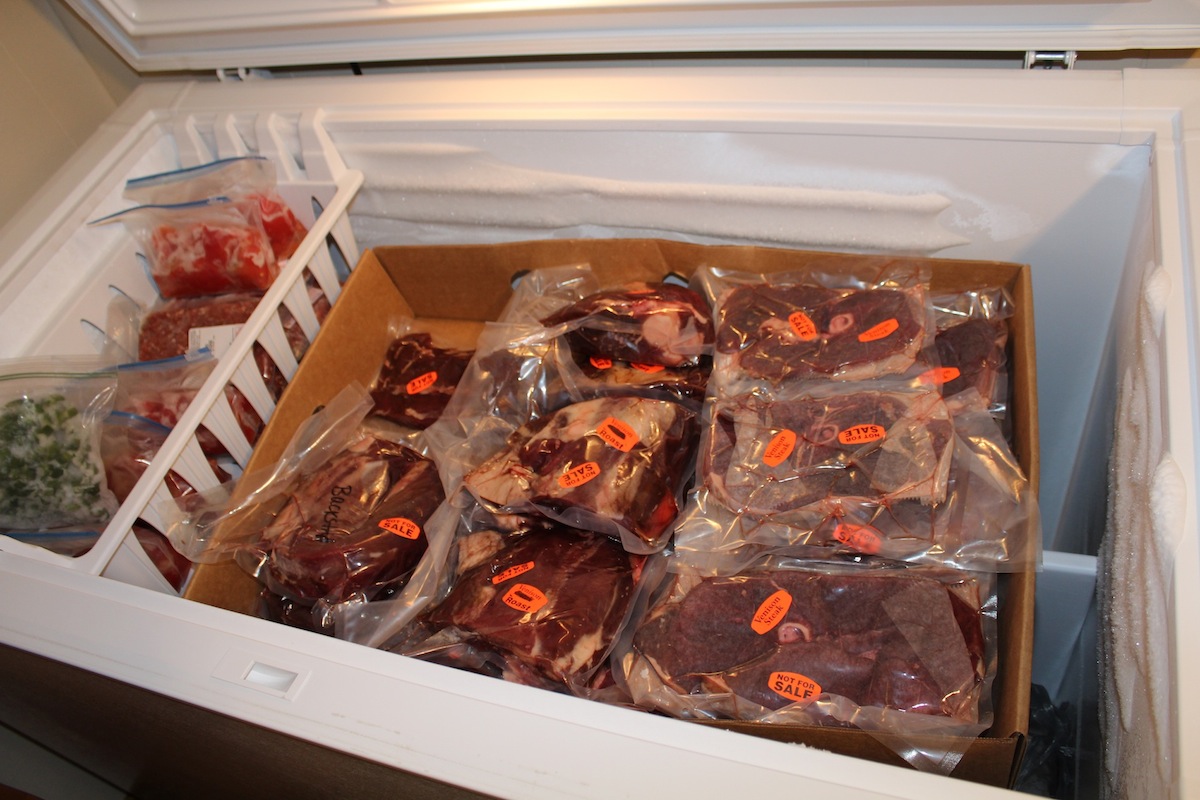

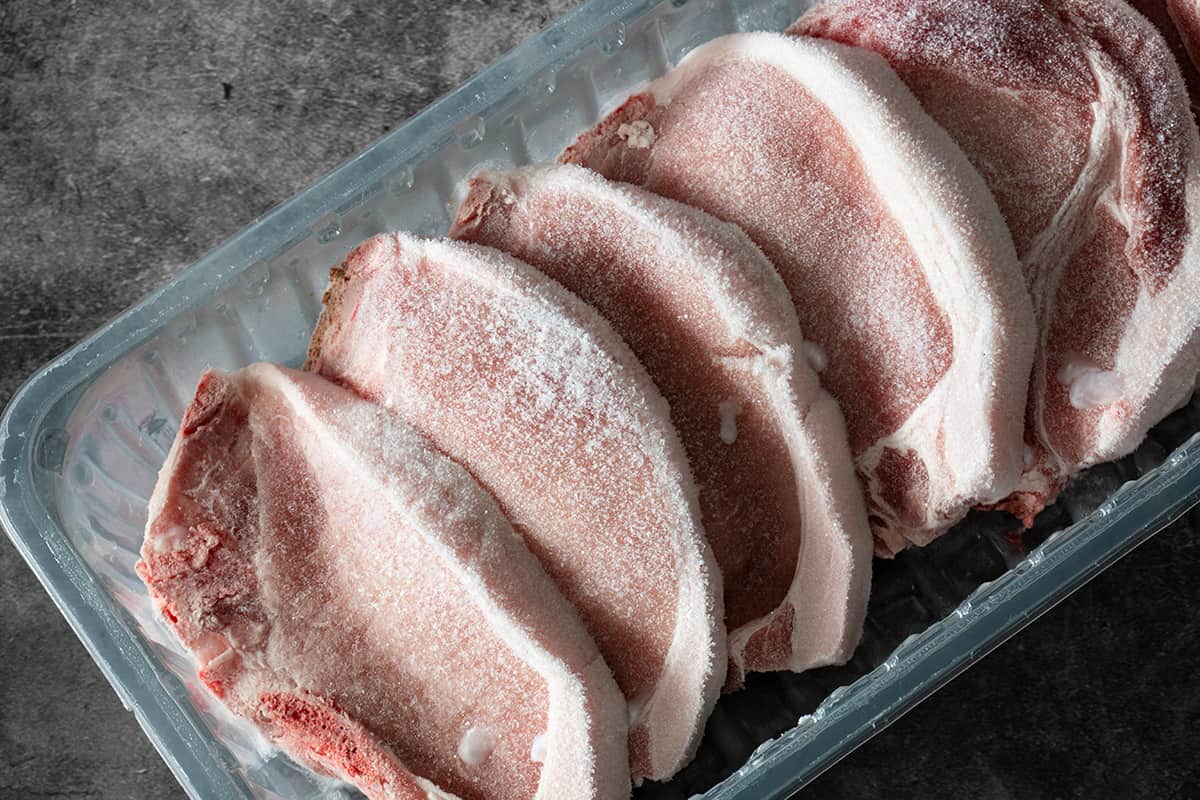
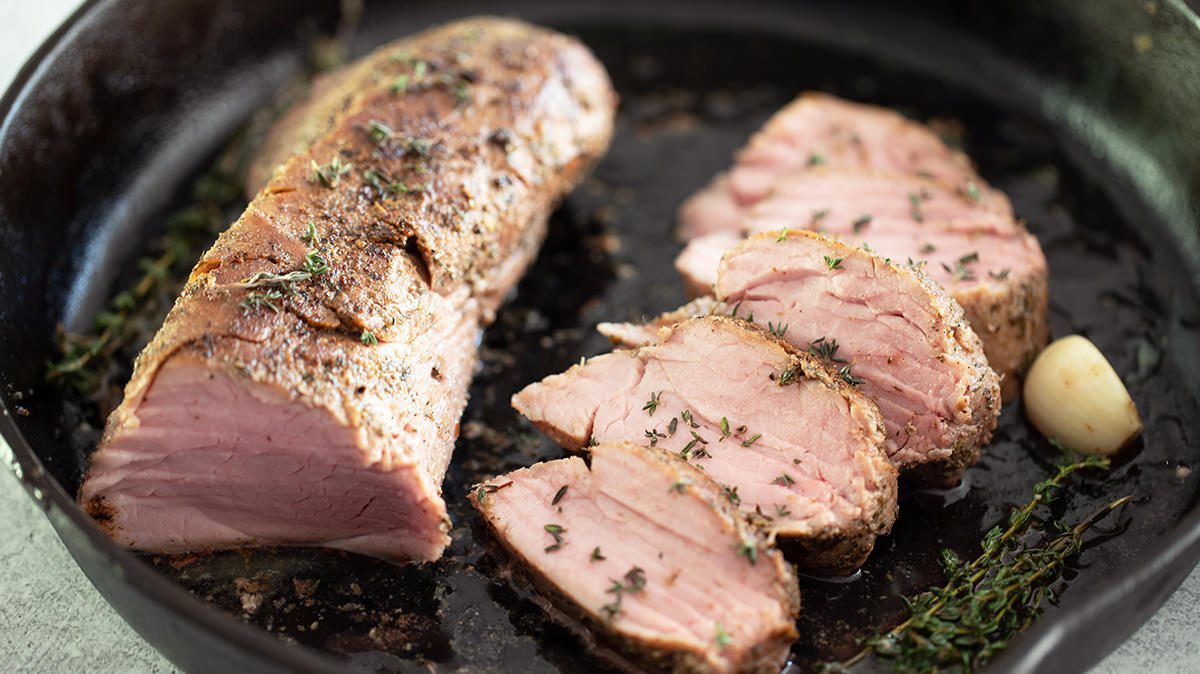




0 thoughts on “How Long Is Beef Good For In Freezer”